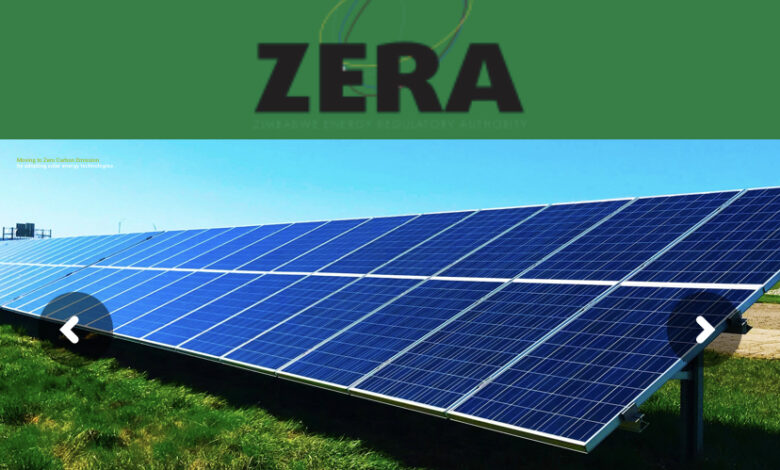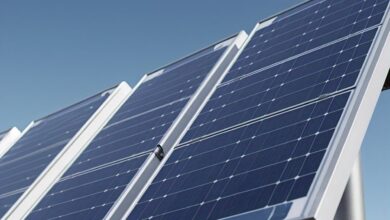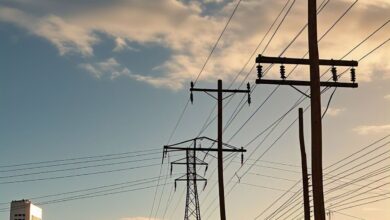Zimbabwe’s Renewable Energy Generation Initiatives

Climate change is one of the biggest challenges people are facing today. While its impacts are bad for everyone, they are worse for the vulnerable groups in society, particularly women and children. Moreso, in developing countries women and children are usually in charge of household chores. With regards to energy, shortage of it means these groups bear the weight of finding alternatives.
Furthermore, these women and children source it for chores such as cooking, lighting and heating. It can be from firewood gathering to wood chopping. With that being said, In Zimbabwe renewable energy is the future and responsible authorities are working towards ensuring that, to alleviate the burden on these vulnerable groups.
NEP and NERP renewable energy policies
Current energy production and consumption methods in Zimbabwe continue to contribute to climate change. Additionally, the energy sector alone contributes an estimated 40% of greenhouse gas emissions. It is against this background that there are calls for the country to promote the use of renewable energy. Zimbabwe’s renewable energy policy and regulations are set out in the National Energy Policy (NEP) of 2012 and the National Renewable Energy Policy (NREP) of 2019.
Moreso, the NEP recognises the importance of developing a comprehensive renewable energy policy. This is to enhance the contribution of sustainable energy in the energy mix of Zimbabwe. On the other hand, the NREP sets out in detail the Government of Zimbabwe’s 10-year renewable energy generation targets through to 2030.
IDBZ’s modern energy initiative
Furthermore, the energy transition from fossil-based fuels, driven by the need to reduce carbon emissions, is central to the Government’s commitment to a greener world. This drives policy changes in the energy sector towards renewable energy as set out in the NREP. Additionally, it is an initiative aiming to secure long term energy needs of the country in a sustainable way.
Therefore, the Infrastructure Development Bank of Zimbabwe (IDBZ) is taking a deliberate position regarding the increase of electricity generation from renewables. This is in line with the increasing focus on sustainable energy under NERP. Also, it is through the bank’s own projects and also collaborating with Independent Power Producers (IPPs). The bank’s aim is the promotion of economic development, growth and improvement of the living standards of Zimbabweans. This is through the development of infrastructure such as energy, transport, water and sanitation, information communication technology (ICT) and housing.
In order to contribute to the increase in generation of renewable energy the Bank has three sites with the capacity to generate 67MW of clean energy. In addition, the Bank is working with a number of IPPs in the modern energy space to ensure that citizens have access to clean, modern and affordable energy by 2030. Furthermore, modern energy is critical in the advancement of economic development. This is through improving energy security and access and mitigation against climate change.
Moreover, achieving sustainable development is through the use of sustainable energy. Also, ensuring access to affordable, reliable, sustainable, and modern renewable energy. Just like most developing countries, Zimbabwe faces an energy supply deficit. The country heavily relies on fossil-based fuels and this form of energy is unsustainable in the face of climate change.





